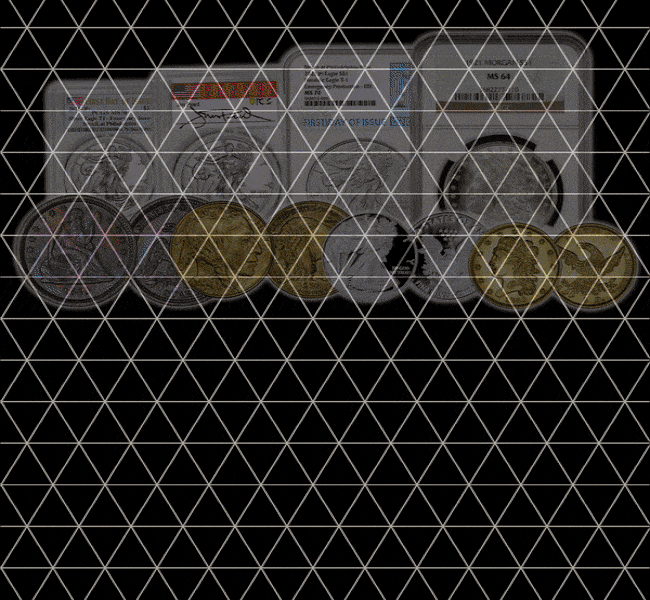Series Inspiration
In 2016, Monnaie de Paris launched a new series that pays tribute to French History through the women who have had an influence on various areas culture, such as politics and art.
This series uses the same historical strike that was used in the From Clovis to the Republic series and goes even further: the hammer effect has been replaced by textile patterns representative of the time depicted. This characteristic that brings an additional technical challenge at the time of the strike enriches the design of each coin.
This series started with three famous women from the middle ages period: Queen Clotilde, Queen Mathilda and Joan of Arc. In 2017, three other historical figures were highlighted: Catherine de Médicis, Marquise de Pompadour and Olympe de Gouges. In 2018, the series focused on the 19th century by honoring Joséphine de Beauharnais, Désirée Clary and George Sand.
Marie Curie
Marie Curie, born Maria Salomea Skłodowska in Poland, was a naturalized French physicist and chemist. She was born on November 7, 1867, in Warsaw, in the Kingdom of Congress (current Poland) and died on July 4, 1934 in Sancellemoz located in Passy (Haute-Savoie, France).
An exceptional scientist, she was the first woman to receive the Nobel Prize and to date the only woman to have received two. She remains to this day the only person to have been rewarded in two distinct scientific fields: physics and chemistry.
Marie Curie and Pierre Curie – her husband – receive the Nobel Prize in Physics in 1903 for their radiation research. In 1911 she obtained the Nobel Prize in Chemistry for their work on polonium and radium.
She is also the first female laureate in 1903 of the Davy Medal for the couple’s work on radium. Part of her notebooks are kept at the Library of France and have been digitized.
Despite her French naturalization related to her marriage, Marie Skłodowska-Curie (she used the two names) never lost touch with her Polish identity. She taught her daughters the Polish language and took them to Poland several times; the name of the chemical element polonium was also chosen by Marie Skłodowska-Curie in tribute to her homeland.
Obverse:
The obverse features a portrait of Marie Curie surrounded by her double surname and the dates of her birth and death. In the background, the texture is a reproduction of some of the scientific work she was responsible for. In particular, we find formulas related to the research that earned her the Nobel Prize.
Reverse:
The reverse features a jugate Marie and Pierre Curie. The periphery highlights the Nobel Prizes she received; one with her husband in 1903, and one by herself in 1911.
The background features a representation of the molecular structure of polonium, the discovery of which earned her the Nobel Prize in Chemistry in 1911.
At theb very bottom is the year of issue 2019. To the left of the date is a cornucopia, the Monnaie de Paris mintmark. In a similar position on the opposite side is the mark of current Monnaie de Paris mint master Yves Sampo–a pentagon containing the letters AG, MP, and YS.
Edge:
The edge of the 2019 Women of France – Marie Curie Commemorative Coin is smooth.
Coin Specifications:
| Country: | France |
| Year Of Issue: | 2019 |
| Denomination: | Gold: 200 & 50 Euro; Silver: 10 Euro |
| Mint Mark: | Cornucopia |
| Mintage: | Gold: 250 (200 Euro) & 500 (50); Silver: 2,000 |
| Alloy: | .999 Gold; .900 Silver |
| Weight: | Gold: 31.104 g (200 Euro) & 7.78 g (50); Silver: 22.2 g |
| Diameter: | Gold: 37 mm (200 Euro) & 22 mm (50); Silver: 37 mm |
| Edge: | Smooth |
| Quality: | Proof |
